"Open science: share and succeed"
Speech by Commissioner Carlos Moedas in Amsterdam, NL
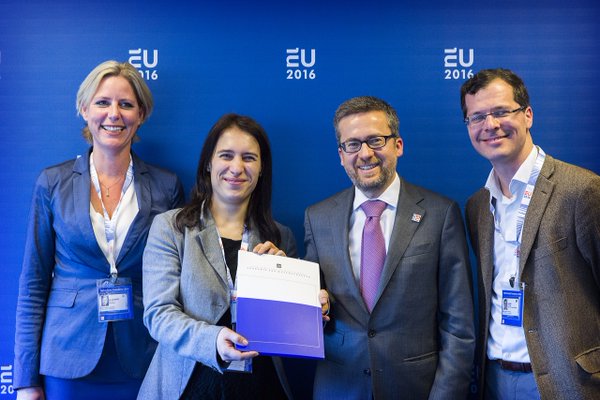
Send us a link
Speech by Commissioner Carlos Moedas in Amsterdam, NL

This advisory report is about open science, and more specifically about access to scholarly publications (open access) and research data (open research data). What impact is this likely to have for the world of science itself, for society and for business? What level of openness is publicly desirable and what does this imply for government policy?

Researchers drop in. They take specimens. And they head home and don't share. That's no way to fight an epidemic. Can they do things differently when it comes to Zika?
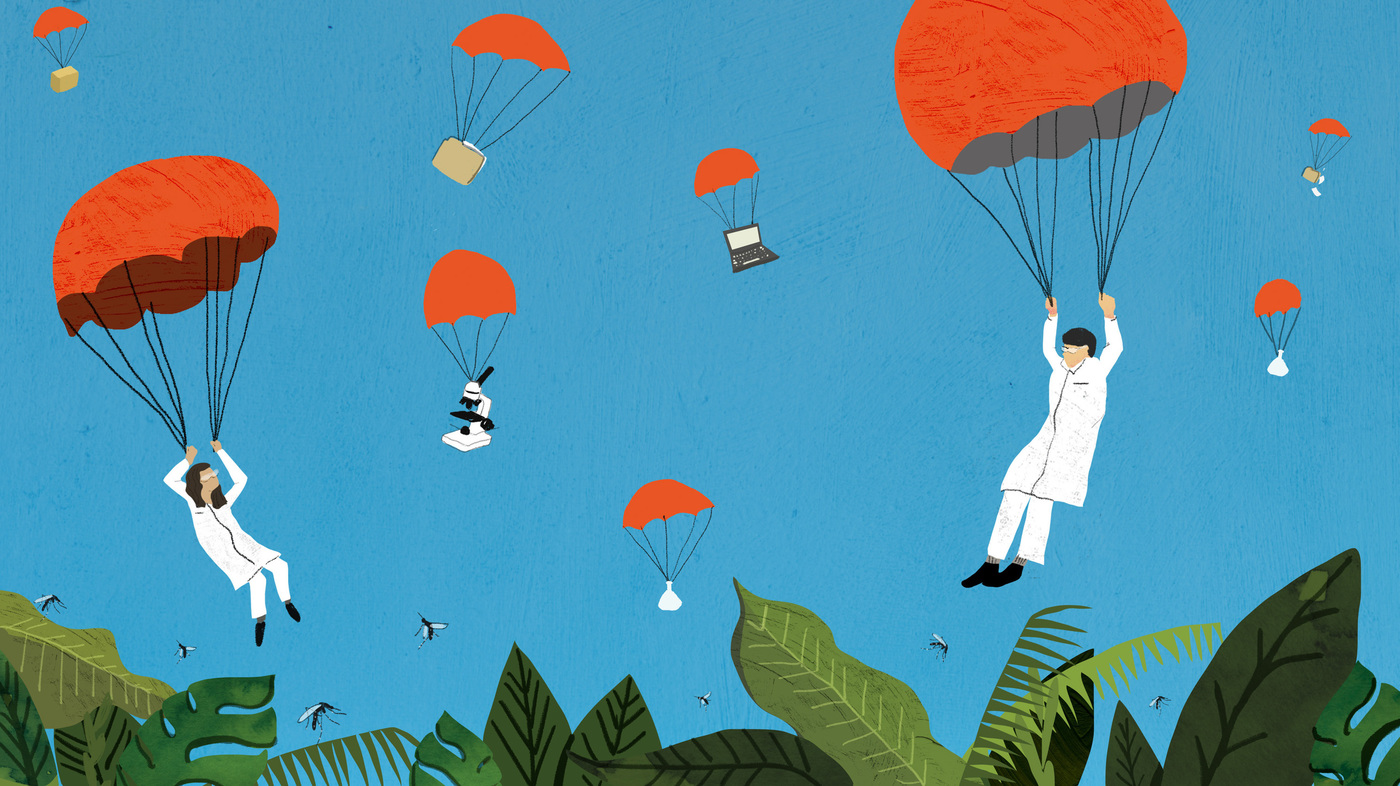
Authors have, in general, a positive view on open access, but other factors are more important in choosing a place of publication for an academic article.
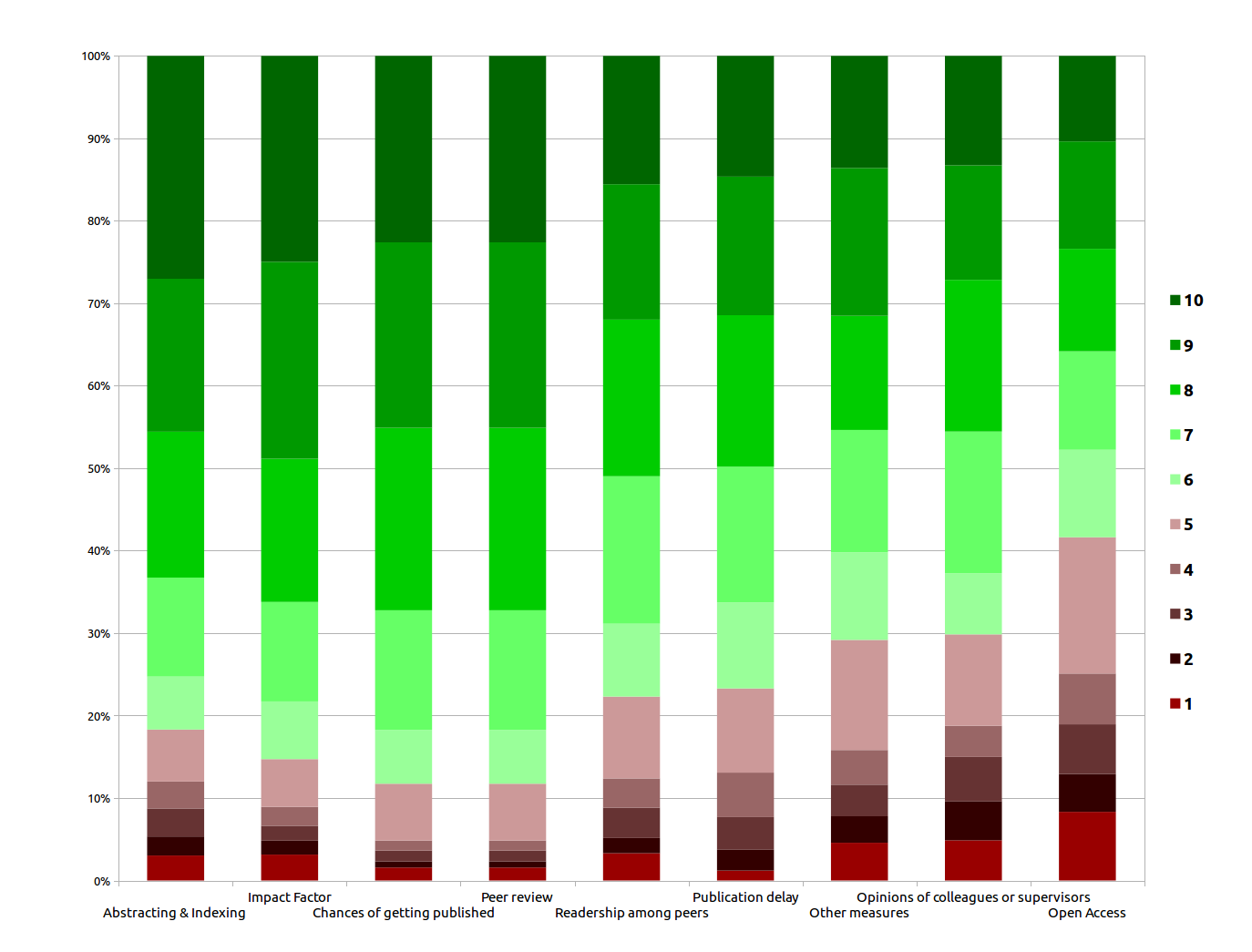
The Open Access 2020 international initiative aims to pursue the large-scale implementation of open access. The SNSF supports this endeavour.

On the role that preprints can play in disseminating research findings in the life sciences.
Researchers, publishers and representatives of funding agencies gathered at ASAPBio to discuss the use of preprint publications in biology. It became clear through the discussion on Twitter with #ASAPBio that many were unclear as to the purpose of the meeting, how preprints could help or hinder junior scientists, or even what preprints are.
Authors and subscribers will be able to share content from over 2,700 journals and 300,000 new articles per annum with researchers across widely accessible platforms

The Wellcome Trust publishes details of Open Access spend and analysis of whether they get what they pay for.
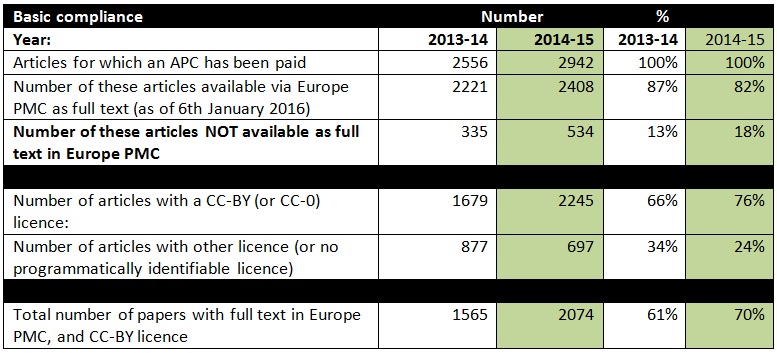
Fields Medal-winning Cambridge mathematician Sir Timothy Gowers and a team of colleagues have recently launched a new editor-owned Open Access (OA) journal for mathematics.

While we may be drawn to the fantasy of Robin Hood, it is easy to see the danger of putting one individual’s idea of right and wrong ahead of society’s democratically enforced laws.

Converting Scholarly Journals to Open Access: A Review of Approaches and Experiences
In this massively data rich world, the equilibrium between information and knowledge has increasingly shifted from knowledge toward information. Advanced text and data mining (TDM) is not yet ubiquitous and even if it were, not all content is structured enough to leverage TDM potential. In developing the supercomputer Watson with the ability to process, analyze and extract information from natural language such as PLOS article text, IBM is beginning to shift the equilibrium back to knowledge. Understanding Relationships PLOS and IBM Watson are collaborating to bring quality Open Access biomedical literature to healthcare entrepreneurs and innovators, and to do so in a way that provides full article content and context including PubMed citation information from the National Library of Medicine. The collaboration is “not just about PLOS or Open Access,” says PLOS Chief Technology Officer CJ Rayhill, “it’s about improved healthcare through immediate access to relevant clinical,

Inspiration from influential European academics on Open Access & what still needs to be done
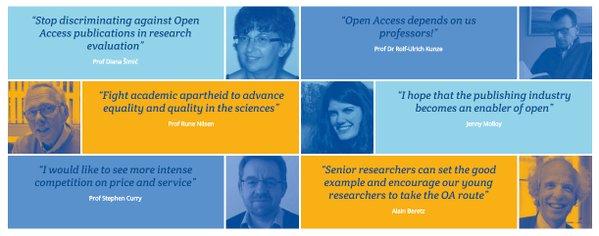
A review of approaches and experiences on how to convert subscription-based scholarly journals to open access.
Drawing comparisons to Edward Snowden, a graduate student from Kazakhstan named Alexandra Elbakyan is believed to be hiding out in Russia after illegally leaking millions of documents.

A review on the open citation advantage, media attention for publicly available research, collaborative possibilities, and special funding opportunities to show how open practices can give researchers a competitive advantage.
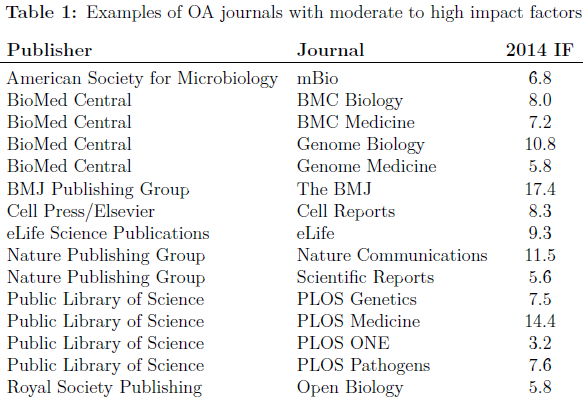
The route to open-access publishing endorsed by the British government puts unacceptable strains on research budgets at a time of funding shortages. The report also argues for more transparency and competition in the costs of publishing research.
This research investigates the relationship between open science and public engagement.
Three years after the OSTP directive, policies to make data and publications resulting from federally funded research publicly accessible are becoming the norm.

How Sci-Hub breaks the paywall and how did academic journals get so expensive?
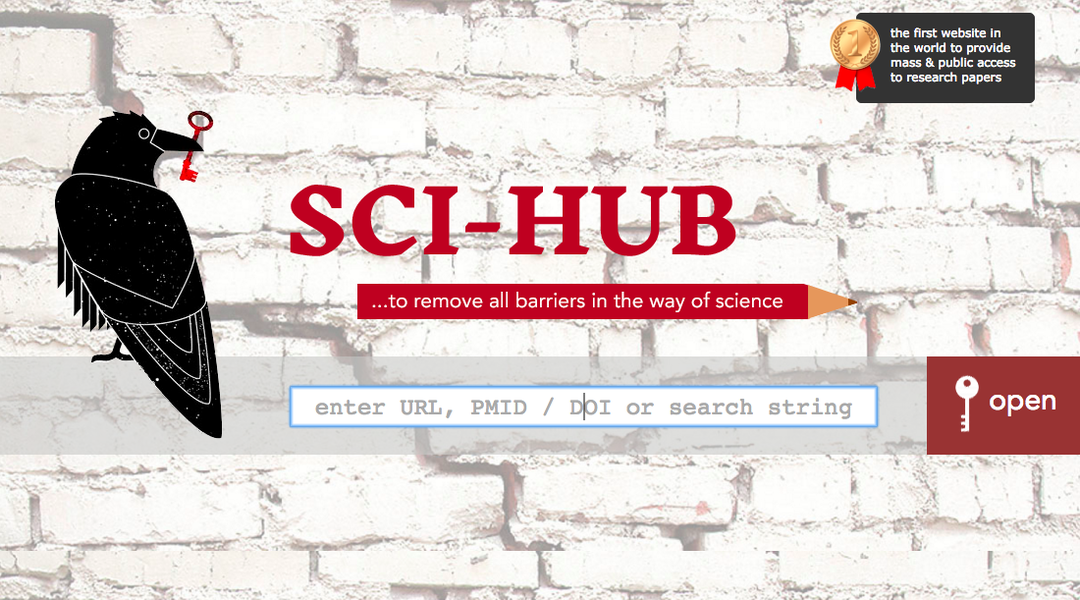
Independent advice from Professor Adam Tickell on open access to research publications.
By 2025, all scholarly publication activity in Austria should be Open Access: the final versions of all scholarly publications resulting from the support of public resources must be freely accessible on the Internet without delay (Gold Open Access).
Publishing an open-access paper in a journal can be prohibitively expensive. Some researchers are drumming up support for a movement to change that.

The Chair and Secretary-General of LERU present the signatures to the LERU Statement on Open Access to Commissioner Carlos Moedas and Dutch Secretary of State Sander Dekker.
Report to the Swiss Science and Innovation Council SSIC.
Last year "PLOS ONE" published 10% fewer papers than it did two years ago, but its editors are not alarmed.
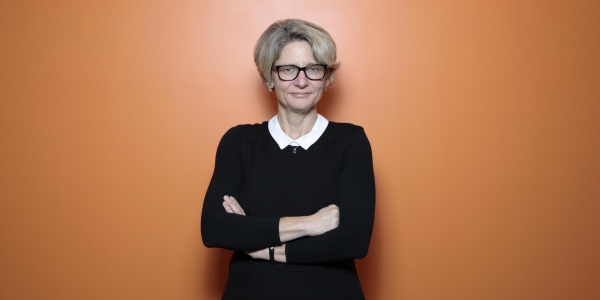
Academic consortia urge faster changes in scholarly publishing.
